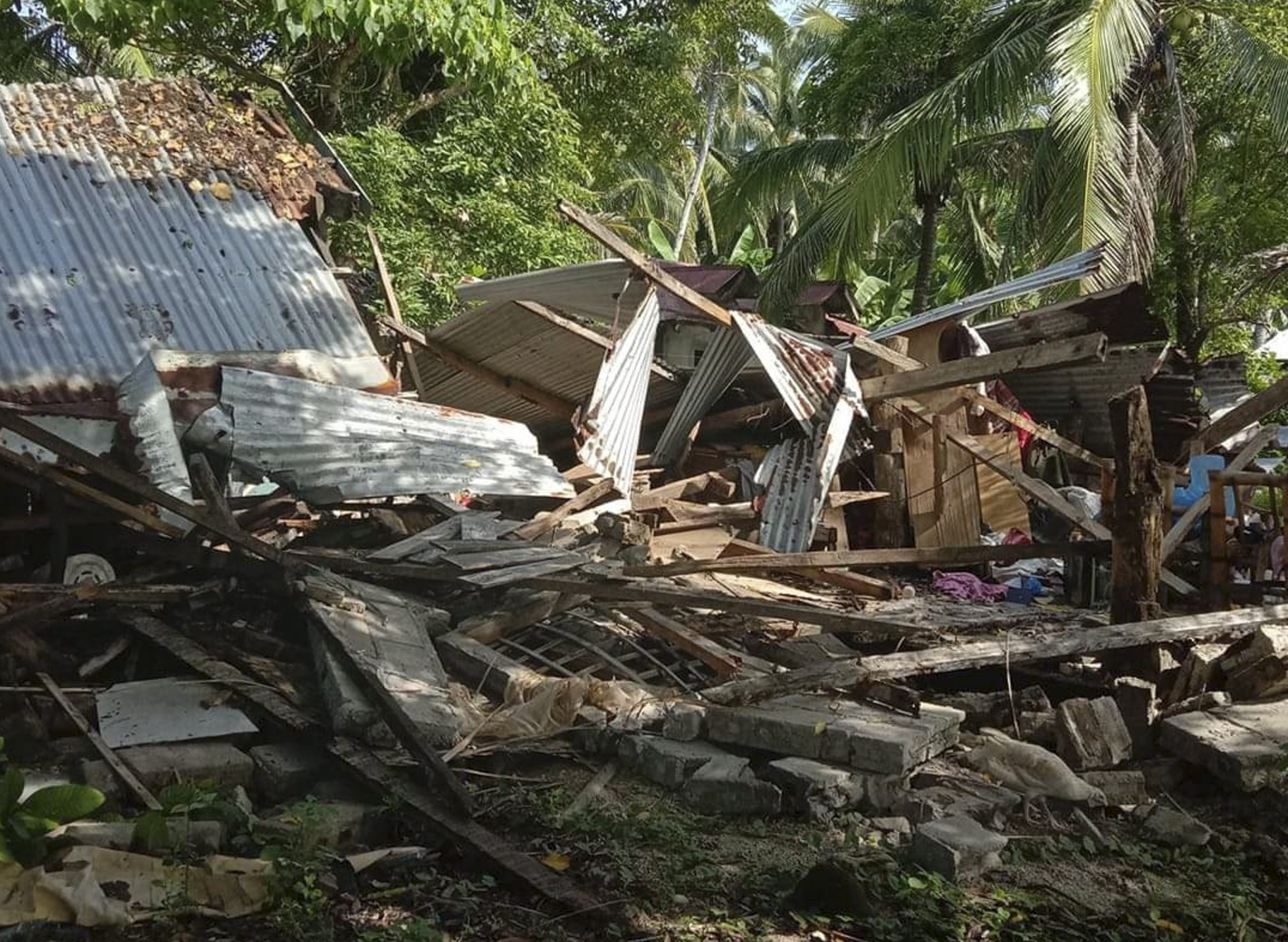A magnitude-6.6 earthquake on Tuesday struck the central Philippines, killing one person, injuring nearly 50 more, damaging houses and other infrastructure, including a coronavirus quarantine facility, officials said.
SEE ALSO: Group Trains 6,000 Youths From Edo, Others On Entrepreneurship
According to the Philippine Institute of Volcanology and Seismology (Phivolcs), most of the damage was in Cataingan, a town in Masbate province, about 430 kilometres South of Manila, where the epicentre was located.
According to police, a retired police colonel was killed when his three-storey house collapsed and buried him in the rubble.
Town Mayor Felipe Cabatana, said at least 48 residents of Cataingan were hurt after being hit by debris.
“Police are going around to check on residents and determine if there are others who were injured. The engineer’s office is also assessing the damage to public infrastructure.
“The public market is no longer safe to use because it can collapse any time. The wharf is badly damaged and businesses will really suffer if goods cannot get there,“ Cabatana said.
The Phivolcs Director, Renato Solidum, noted that many residents were out in the streets after they were warned against returning to their damaged homes.
“We urge everyone to check their houses and if there is damage, do not return because it’s dangerous.
“Aftershocks might cause the damaged houses to collapse.
“No tsunami alert was issued since the tremor struck inland and the fault’s movement was horizontal,“Solidum said.
According to Masbate’s Provincial Administrator, Rino Revalo, the town’s district hospital and a public coliseum housing asymptomatic COVID-19 patients also suffered huge cracks and fallen roofs and beams.
“We advised personnel in our hospital and coliseum to avoid using the buildings until these are properly assessed,” he said.
The Philippines is located on the Pacific Ring of Fire, where about 90 per cent of the world’s earthquakes take place.
The last major quake to hit the country was a 7.1-magnitude quake that killed more than 220 people in the Central Philippines in October 2013.
In July 1990, more than 2,400 people were killed on the Northern island of Luzon in a 7.8-magnitude earthquake, one of the strongest ever to hit the country.

